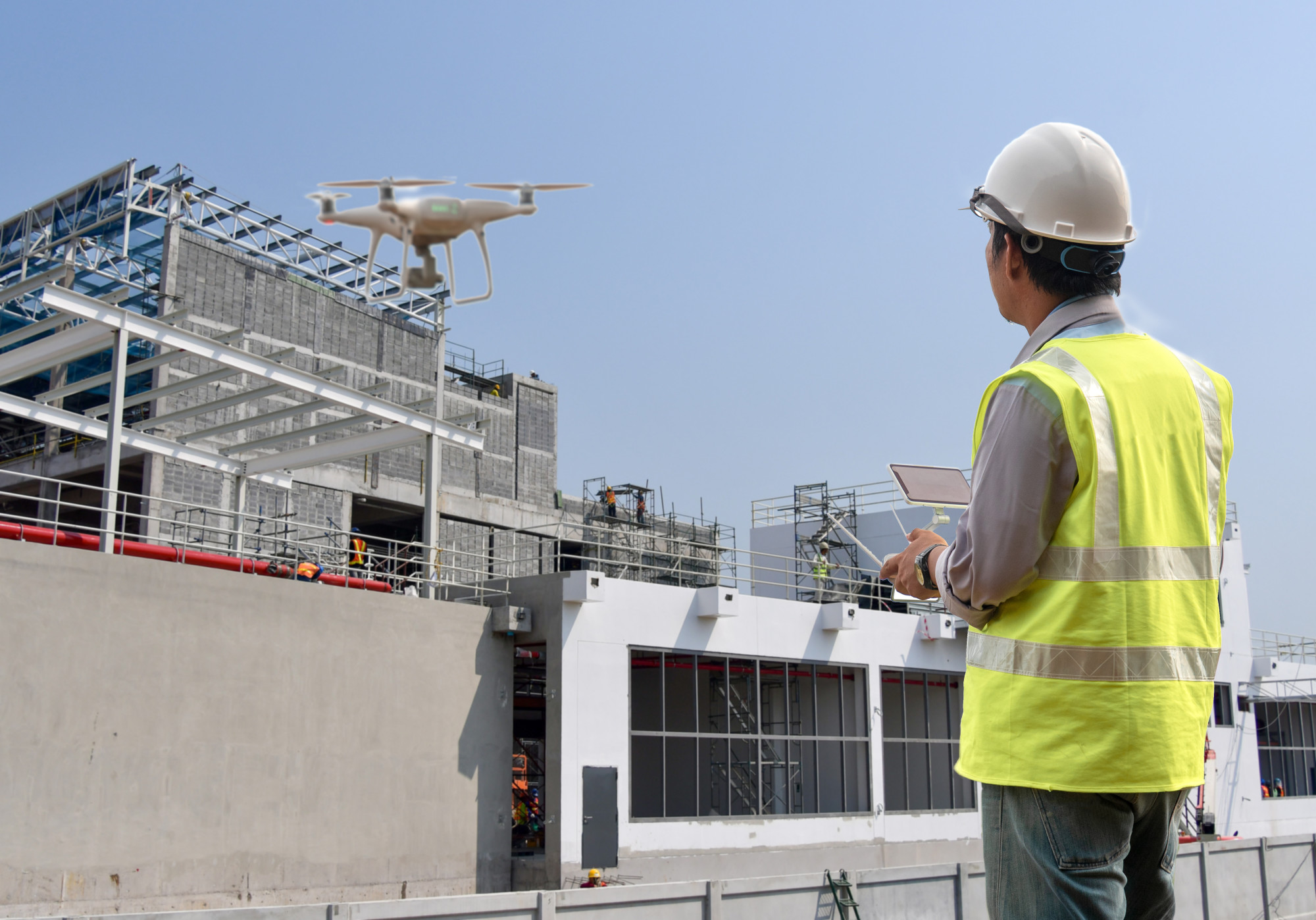
5 Astonishing Applications of Drone Technology
If someone asked you what the average person thinks about drone technology, what would you say? Here is the cold reality: the drone industry has a bit of a PR problem.
Many Americans believe the drone industry poses a threat to public safety and privacy rights. For example, many worry about law enforcement agencies using drones to spy on citizens. Also, many worry about the federal government’s use of drones to combat terrorism overseas and the alarming number of civilians killed in the process.
Like any piece of technology, people can use drones for good or evil purposes. Some positive drone uses include wildlife monitoring, video showcasing, disaster watch, shipping and delivery, and search and rescue.
However, drones aren’t solely reserved for public officials. They’re cheaper and more accessible to the public.
This article will highlight how drone services can benefit the public. Read further to know more.
Contents
5. The Real Estate Market
Real estate professionals are taking advantage of drone technology to draw in more clients. Drones provide a comprehensive aerial view of a property for potential clients.
Interested buyers can rely on drone imagery to see the property without leaving their homes. Drones help real estate agents reach prospects who otherwise wouldn’t have bothered to see a property in person. Drones offer the following features that enhance the viewing experience:
- 360-degree panoramas
- Still imagery
- Map imagery
- Video viewing
Due to covid, drones have become more prominent in the real estate industry, as many people remain uncomfortable seeing properties in person. Drones benefit agents as well because they save time.
Real estate agents don’t have to waste time taking clients to see properties. Since drones provide detailed imagery and videos, more clients will know immediately whether the property is right for them.
4. Disaster Monitoring
The drone industry plays a heavy role in more dire circumstances, such as energy disasters. If there’s a pipeline leak, for example, a drone can monitor and pinpoint the source. Also, drones can reach inaccessible areas.
If crew members are contending with an offshore oil leak, a drone can monitor the extent of the spill and provide important insight into containing the spill.
As more energy professionals learn more about drone inspections, they realize that drones can help them safeguard their infrastructure as well. Drones can spot structural defects early, allowing maintenance crews to address the issues sooner rather than later.
Besides oil spills, drones are useful for the following types of disasters:
- Wildfire Containment: The use of helicopters during wildfire containment is dangerous. However, drones don’t rely on in-person flight control, keeping helicopter pilots out of danger.
- Nuclear Disasters: Even with protective suits, cleanup crews remain in danger as they penetrate danger zones. Drones can not only survey nuclear zones but can also play a crucial role in the cleanup process.
- Chemical Spills: Chemical spills often emit toxic fumes that keep surveyors further from the disaster zone. Teams can send a drone to survey the damage and contain any damage to a facility.
3. Search and Rescue Missions
Drones are also useful during natural disasters. Let’s say a volcano erupts, and officials must evacuate parts of a city. Drone users can assess the threat level from a distance and coordinate the evacuation seamlessly.
If someone is in distress, drones can help rescue teams find that person faster. For example, many drones have thermosensors, which can find people who get lost in the woods or remain entrenched in harsh terrain. Moreover, drones can collect vital data that rescue teams need to plan rescue operations effectively.
Drones can also deliver supplies before rescue crews can reach a victim. If a person gets lost in the woods, crews can use the drone to deliver food or medicine. Drones can even deliver walk-talkies.
2. Wildlife Tracking
Drones are beneficial to animals as well, especially endangered ones. Drones can track endangered animals such as rhinos or elephants.
Further, drones can keep poachers at bay and will help trackers alert the authorities faster. Many parks and conservation centers use drones to keep animals safe and enhance security.
They also help researchers in their quest to learn more about animals. In particular, infrared drones can track animals at night without disturbing them.
Researchers can learn more about animal behavior without disrupting their daily lives. Animals are less likely to embark on their normal routine if they detect the presence of humans.
1. Shipping and Deliveries
You may have heard stories about Amazon delivering packages using aerial drones. This will become a rising trend.
That said, drone delivery is still in its infant stage. One of the main barriers is the law. The legislation must permit drones flying over cities and neighborhoods.
If the laws change, drone deliveries will reduce manpower and expedite the shipping process.
Delivery companies don’t have to worry about traffic delays or liability. If a delivery driver gets into an accident, for example, the company could be held liable.
Drones can even deliver small items, such as food and beverages. If you order a meal online, a drone could deliver it to your doorstep within 10 minutes.
Drone Technology Is Here to Stay
Drone technology has its critics, but this industry can save lives and provide additional convenience to consumers. When it comes to convenience, drones can deliver goods to customers faster than a human delivery driver. Drone services can also keep rescue workers out of danger and help rescue victims sooner.
Interested in reading more? Read more on our blog to learn about other tech topics.


Comments are closed.